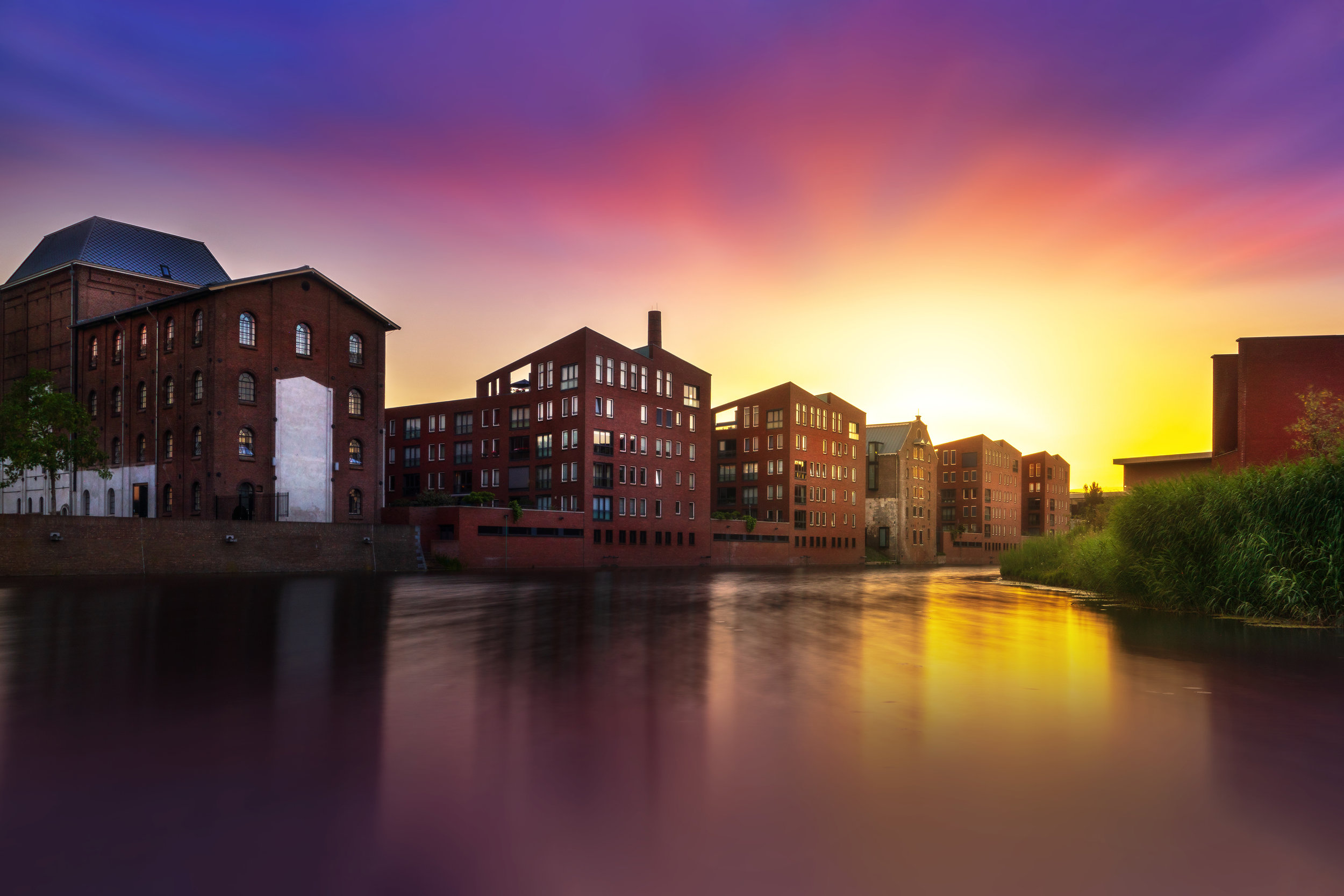Tips for Using your iPhone's Camera
It's not always practical to carry around a DSLR especially when you're not working. Luckily, most of us have a smartphone and today's smartphones are better than ever.
iPhones especially have gotten a well-deserved reputation for taking some high-quality shots. If you can shoot on a DSLR, you can certainly do so on an iPhone so here are some tips.
Exposure & Focus
Yes, you can set the exposure on your phone. Decide what area of your image you'd like to use to set the exposure and tap that area on your screen. For example, if your subject is coming out too dark because there's too much light behind them, tap on your screen on the subject, and the smartphone will use that area to set exposure.
Light
Lighting is tough on an iPhone due to its small the camera's sensor is causing a slow shutter speed. Whenever possible, shoot in plenty of natural light. If that's not possible, it's similar to shooting on a DSLR in lower light conditions. You will need to steady your hand (as you would with a tripod) to reduce motion blur. Ideally, you should shoot in high natural lighting conditions even if it means moving your subject.
Composition
Just because it's a smartphone doesn't mean that all photography rules are cast aside. Composition rules still apply including negative space, leading lines, framing, and the rule of thirds! Use the iPhone's grid overlay feature to make composition easier. In your phone's settings, scroll down to Camera. Click on Grid.
Editing
There are countless photography editing apps. The phone's built-in editing capabilities are good, but not great. If you're already using Lightroom, you can certainly edit your images with that. We suggest trying various editing apps before settling on one. Snapseed and VSCO are good ones.
Perspective
Given how portable and light an iPhone is, you can easily play around with perspective and angles. You don't have to battle lens as you try to accommodate the camera's weight to shoot from a cumbersome angle. Pull out your camera and try shooting from various perspective. Get on the ground if necessary.
While an iPhone isn't a replacement for your DSLR, it's an excellent alternative for portability and convenience. And, let's face it, it's usually with you wherever you go.




















